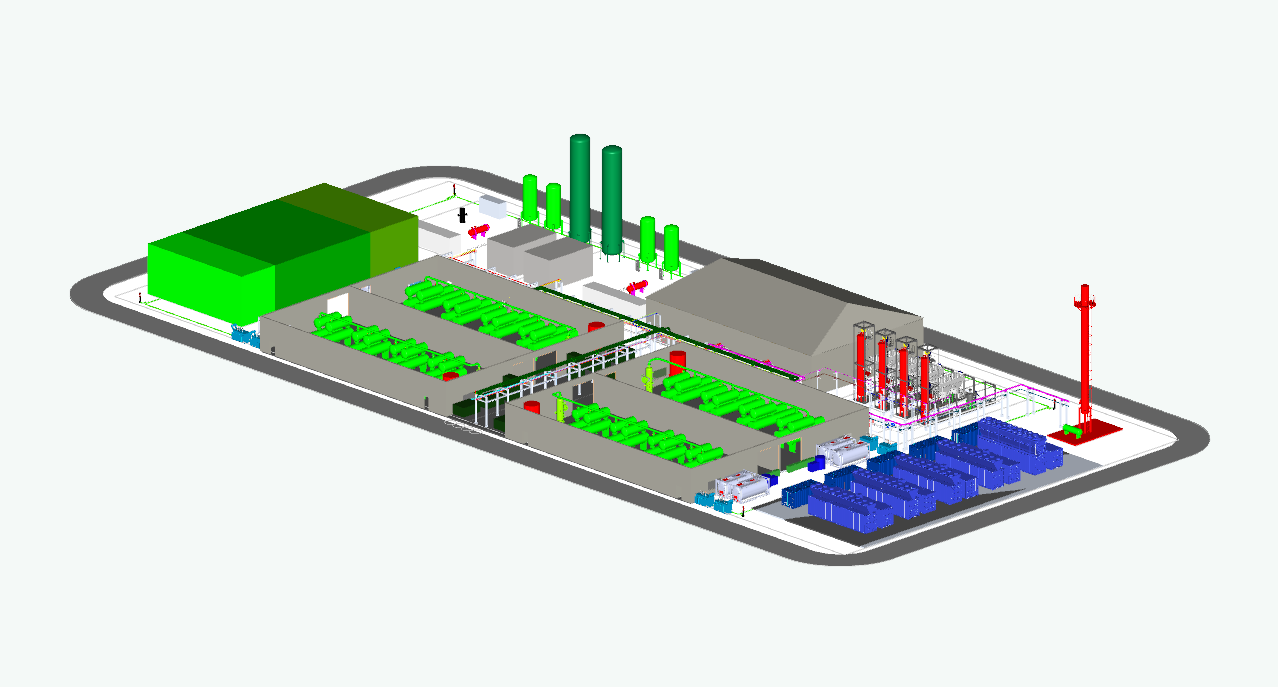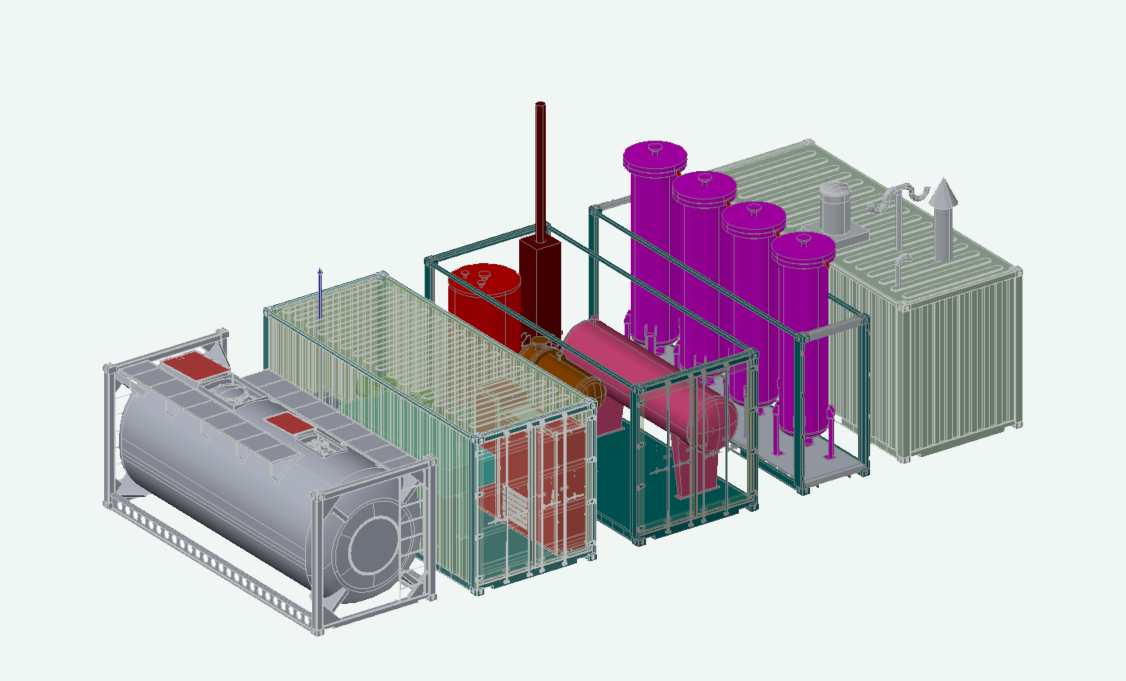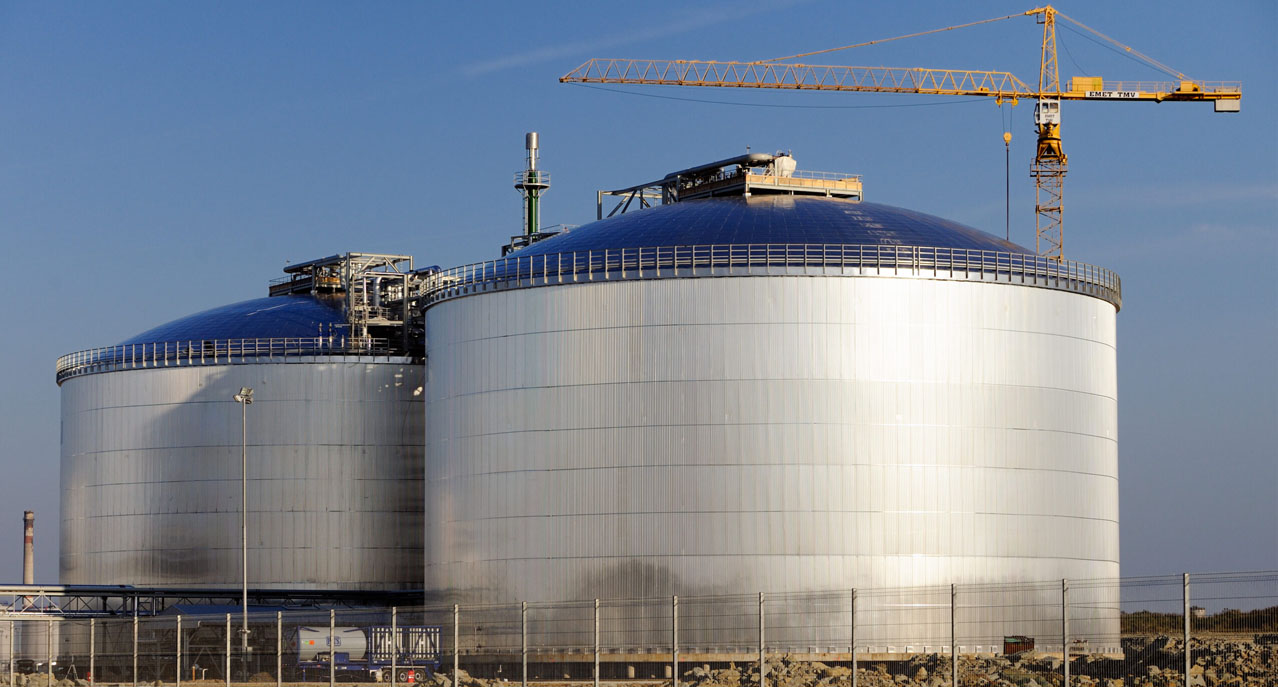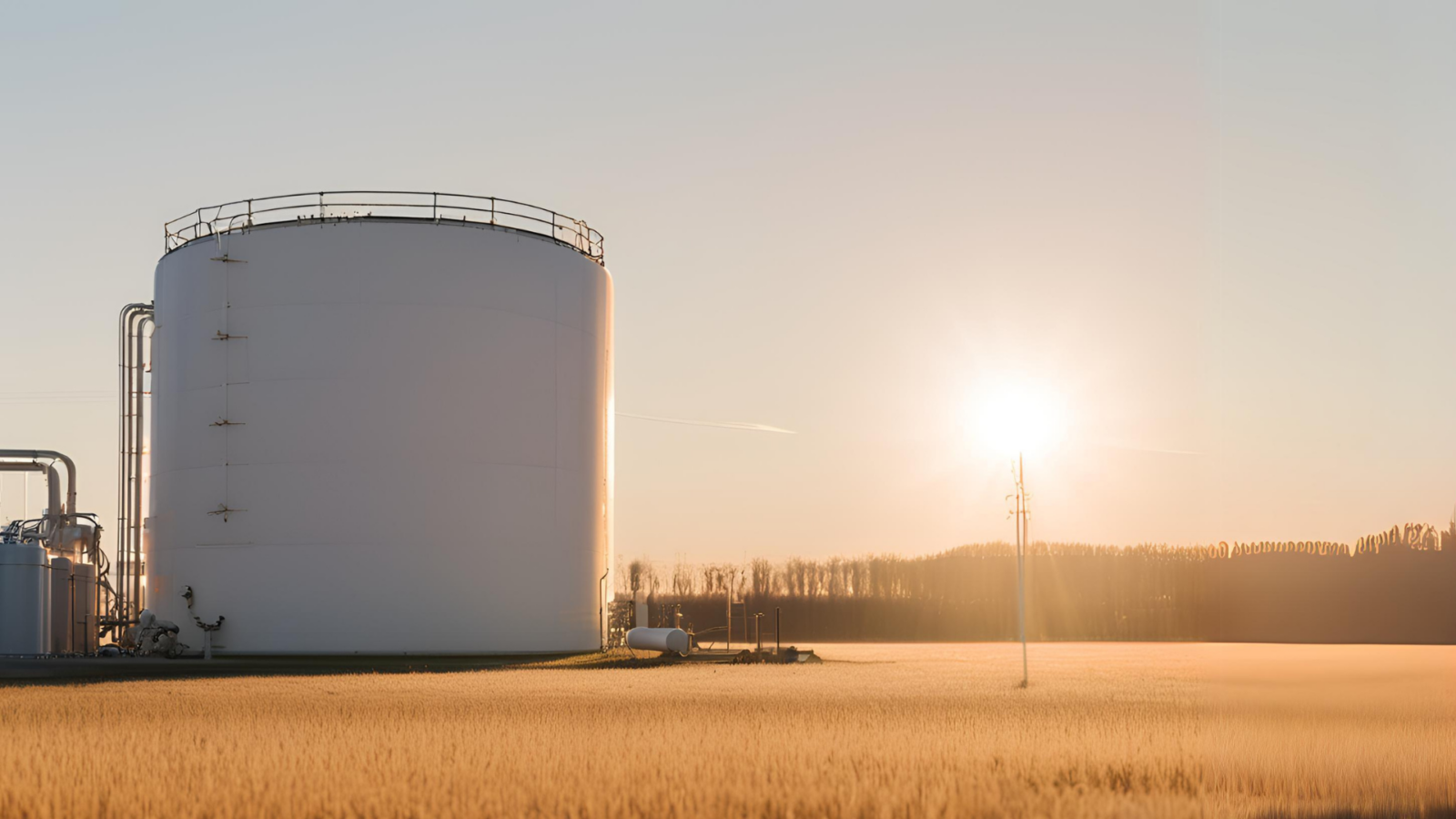The Human-Nature Relationship
Let’s start refreshing with what Nature means. For this, let’s look at the figure below and picture ourselves as the running human being…

… the breathing, the view, the skin sense, the song birds, or the contrasting silence… all that we can enjoy freely and openly… this is nature, and, further, this is what a human-“nature” relationship involves. And, not only this represents what nature involves, this also represents the way how we enjoy it and connect with it, with freedom, without obstacles, without masks, without protective clothes, without googles, without panic. This way we want to stay, we want to improve.
In simple words, nature is that part of the environment that is the result of a genuine natural process, the same that oftentimes the western popular culture refers to as “The Mother Nature”. And, as a rightful record, a public health article once in 2016 declares: “No one would deny the fact that human beings have always been completely dependent on nature for all their needs”1. But, we all know that we are also nature and this dependency is all nature, and naturally linked to each other.
Proton Ventures’ Environmental Responsibility and Safety Measures
In this piece, we try, then, to shed light and discuss the in-house reconciliation system of Proton Ventures B.V. (Proton)’s design with nature. We design a facility from its conception to its safe end run.
Proton leverages a strong industry experience, deep technical and project delivery expertise to bring local ammonia related technology, including storage concepts and liquid energy carriers, as it is referred to in the About Proton section of our article posted on 13 October 2020. It is known that ammonia vapour cloud spread to the surrounding environment can be toxic and odorous, and, if not well controlled, higher concentrations and prolonged exposition possibly lead to fatal casualties. But, what is the environment?.
Following this question, we try to frame the one precise and simple answer as, the human beings and other living organisms and their interaction with the land, water and air around them. Now, as an European Company, let’s travel across the Atlantic ocean to America where conversations about protecting the environment began in the 1960’s. The Environmental Protection Agency (EPA) is that american independent agency, which, from then, is tasked with matters that supports the protection of people and of the environment, they sponsor and conduct research, and develop and enforce environmental regulations. Such regulations are, primarily, followed by the industries worldwide and Proton does not play an exception2.
On its part, the European Environmental Agency (EEA) was established by the European Economic Community and became operational in 1994, headquartered in Copenhagen, Denmark. The EEA is an active member of the EPA Network. For a number of years, both, the European Environment Agency (EEA) and the U.S. Environmental Protection Agency (EPA) have engaged in sharing insights on various environmental aspects and learning from each other on measuring and assessing progress towards a sustainable and resource efficient economy.
Proton, on its constant optimization path, does also anticipate emergency scenarios, in order to design the appropriate prevention and contingency measures. In this sense, and more technically speaking, in order to prevent large emissions of toxic ammonia vapor into the atmosphere, any surplus of vapor pressure yielded in the storage tanks, the process heart of Proton’s engineering designs, is tightly routed to our reconciliation capture system, the flare, also illustrated on picture below.
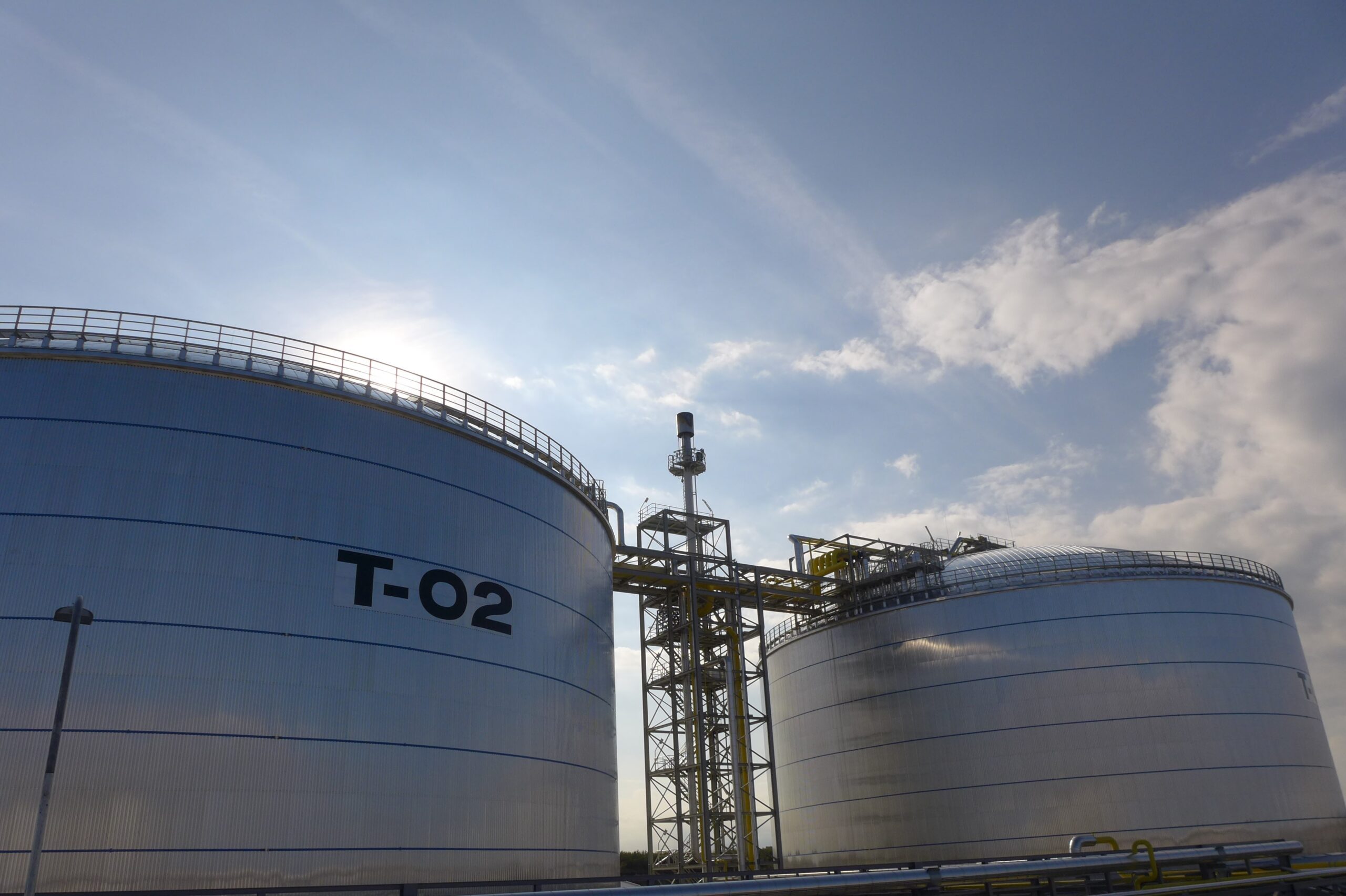
Let’s open the window to hear about the settlement Proton provides as environmental responsible. Intrinsically related to the combustion products and sub-products of fossil fuel (mainly, CO2 and water), the flares are open ignition devices for burning-off unwanted gases and are crucial for emergency pressure relief across Proton’s facilities to protect the quality of the air from ammonia vapor release. And, before asking yourself, radiation isopleths are also useful when designing manned facilities surrounding this flare technology, but this is content of another health and safety related article.
Managing Greenhouse Gases and Emissions
Now, greenhouse gases, the gases that have far-ranging environmental and health effects, they are those that act like the glass walls that in the earth’s atmosphere trap heat, hence, the name (also known as GHG’s). And, as a curious fact, yet, without the greenhouse effect, planet temperatures would drop to as low as -18˚C (-0,4˚F), and this is, indeed, too cold to sustain life on earth.
On virtue of the above, shall we think that we have exaggerated with our intents of warming our planet acerbically up?.
To illustrate and get rid of the cobwebs, the main GHG’s are carbon dioxide (CO2), methane (CH4), nitrous oxide (N2O), fluorinated gases, and water vapor… being the water vapor the most abundant greenhouse gas. The water vapor naturally increases as the earth’s atmosphere warms, but unlike CO2, which can remain in the earth’s atmosphere for centuries, water vapor persists for only a few days.
Here, we are limiting the discussion to a two categories of gas emissions, first, the emissions that are directly discharged to the atmosphere from a facility fix source, the combustion-base capture system. And, second, the emissions that are fugitively generated from undesired ammonia leaks from pressurized equipment and components.
The type of emission coming from a fix source of air pollution, such as the flare, is related to direct process emissions, these flare burners are then devices for the disposal of industry emissions. And so, this becomes the core Proton’s safeguard. As a matter of fact, we can see flares as part of most industrial facilities.
It is known that properly operated flares can achieve, at least, 98% of combustion efficiency in the flare plume, meaning that less than 2% of ammonia goes in the gas stream. Like this, using the 1993 National Research Council (NRC) guidelines report, the National Advisory Committee (NAC) on Acute Exposure Guideline Levels for Hazardous Substances, consisting of members from EPA and other organizations from the private sector, has developed Acute Exposure Guideline Levels (AEGLs) for approximately 200 Extremely hazardous substances (EHS’s), ammonia included3,4.
Let’s dig a bit in a low stage discussion about what an AEGL really means. For the NRC, AEGL’s represent threshold exposure limits, which means the exposure levels below which adverse health effects are not likely to occur, for the general public, and are applicable to emergency exposures ranging from 10 minutes to 8 horas, empirically split into five moments. Three levels, AEGL-1, AEGL-2, and AEGL-3, are developed for each of the five exposure periods during the working day, and are distinguished by varying degrees of severity of toxic effects. Particularly, AEGL-1 represents the airborne concentration of a substance above which it is predicted that the general population, including susceptible individuals, could experience notable discomfort, faint irritation, or certain asymptomatic non-sensory effects. From this research, it has been found that the AEGL-1 value for Ammonia resulted of 30 ppm for all exposure durations4. We don’t want to dive deeper into which effects the levels 2 and 3 thresholds cause, let’s just avoid an asymptomatic non-sensory effect, and let’s take it sensorially serious.
“Nature is pleased with simplicity.
And nature is no dummy”
-Isaac Newton
Proton’s Commitment to a Sustainable Future
That is why Proton also addresses the proper assessment for managing typical, unintentional and undesirable gases which often scape due to equipment leaks from pressure-containing equipment or facility components such as valves, piping flanges, pumps, storage tanks, compressors, among others… the fugitive emissions.
Again, a bit of a methodical pill that will put us into context about pollutant emissions so to acknowledge that historically we are not alone. The EPA, carrying out bilateral cooperative programs with many other countries around the world, has written a practice – the Protocol 453 – to provide a thorough understanding of acceptable approaches to generating fugitive emission estimations5. Which Proton also follows to fulfil the in-house engineering design strategy and the regulation for protecting the environment and people.
Wrapping it up, this swift fragment has been developed to showcase that Proton also follows and works everyday with its clients to unlock the out-specification potential gas emissions to the atmosphere. We support our clients with their commitment with the environment and a sustainable future by the hand of our suppliers. At Proton Ventures, we identify the problem, and we recognize our weaknesses, as well as our strengths, we don’t have a traffic light or a crosswalk square check in our front door to prove that we’re not a robot, at least not yet, we’re also humans and fancy a healthy present and a sustainable future for us and for our sons.

“The least movement is of importance to all nature.
The entire ocean is affected by a pebble”
–Blaise Pascal.
References:
1. The Human–Nature Relationship and Its Impact on Health: A Critical Review. Published: 18 November 2016: https://www.frontiersin.org/journals/public-health
2.Environmental Protection Agency – EPA: https://www.epa.gov/
3. EPA Flare Efficiency Study – Basis for the Emissions Factors in AP section 13.5 Industrial Flares.
4. Acute Exposure Guideline Levels (AEGL) for Selected Airborne Chemicals: Volume 6: http://www.nap.edu/catalog/12018.html
5. EPA Protocol for Equipment Leak Emission Estimates-453.
